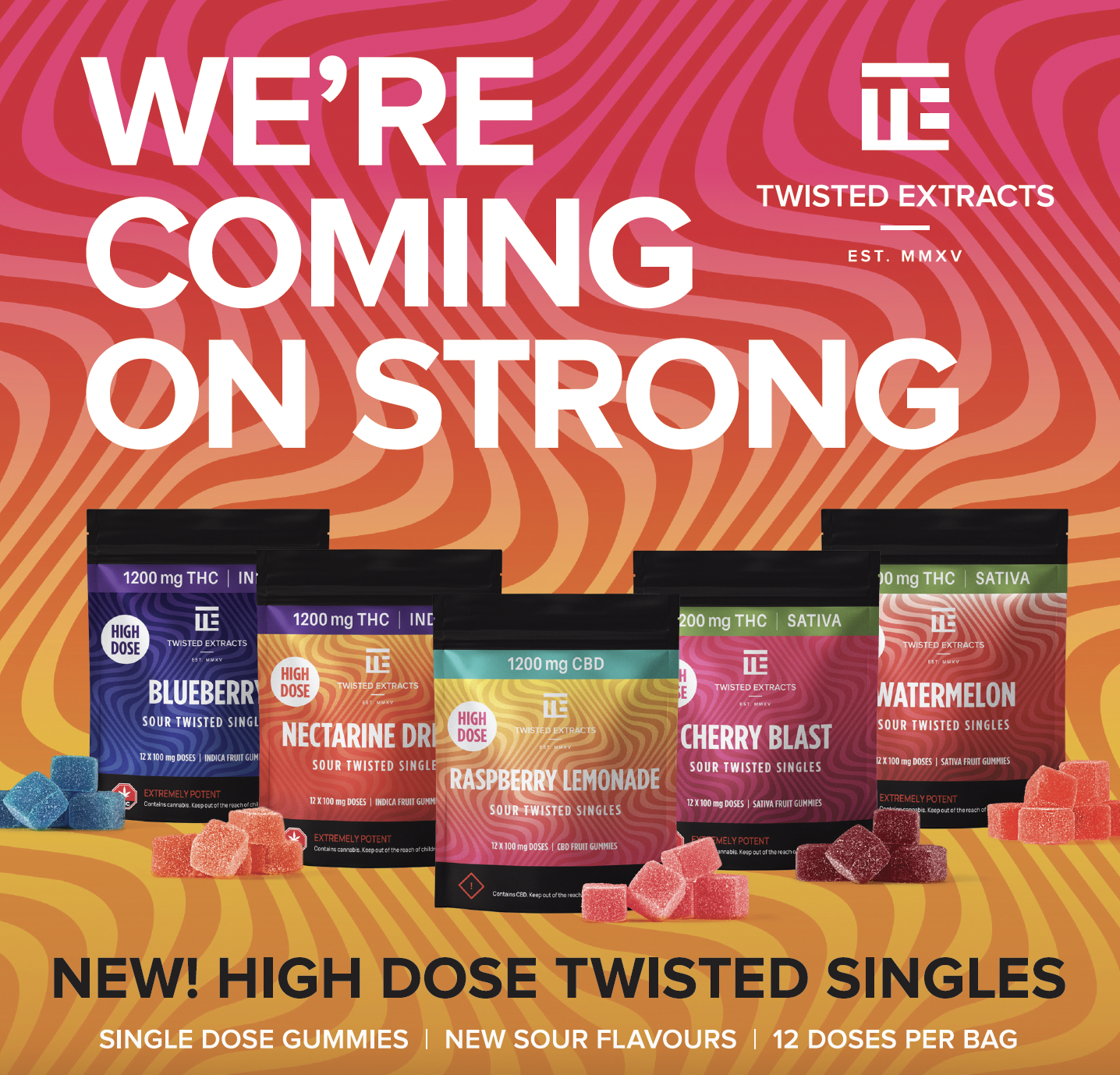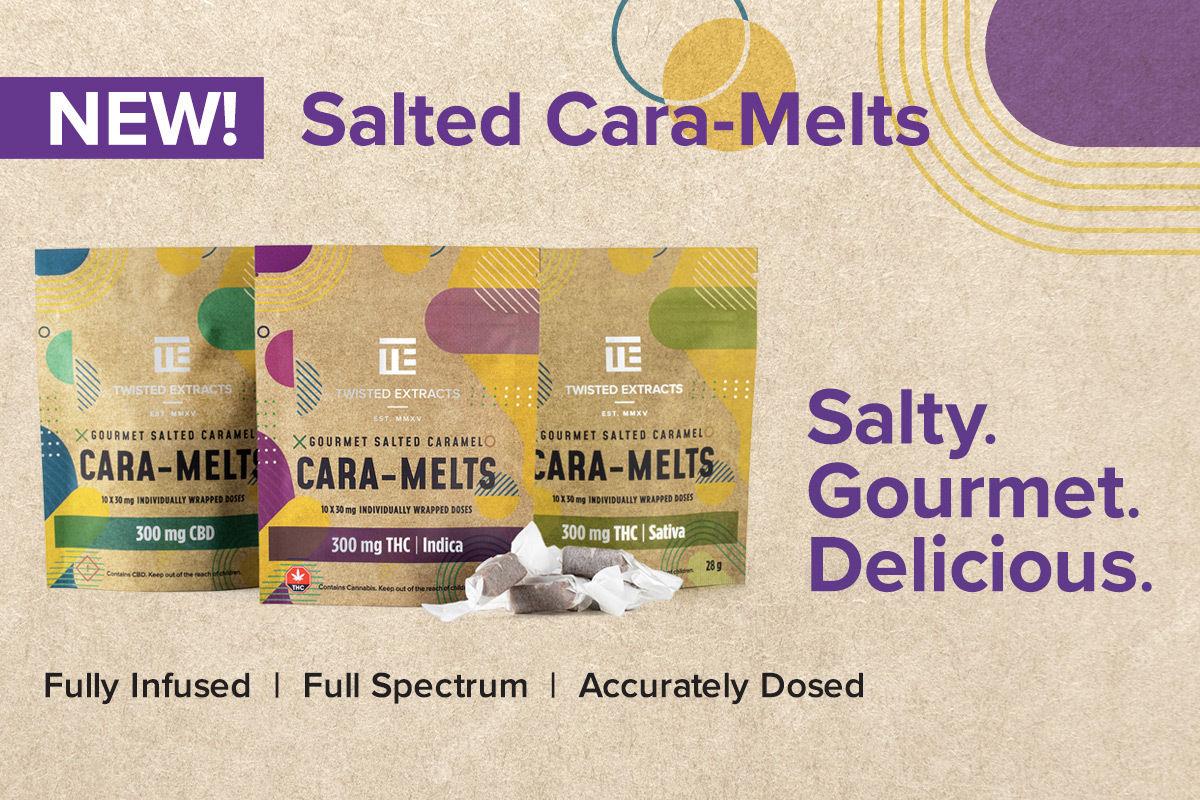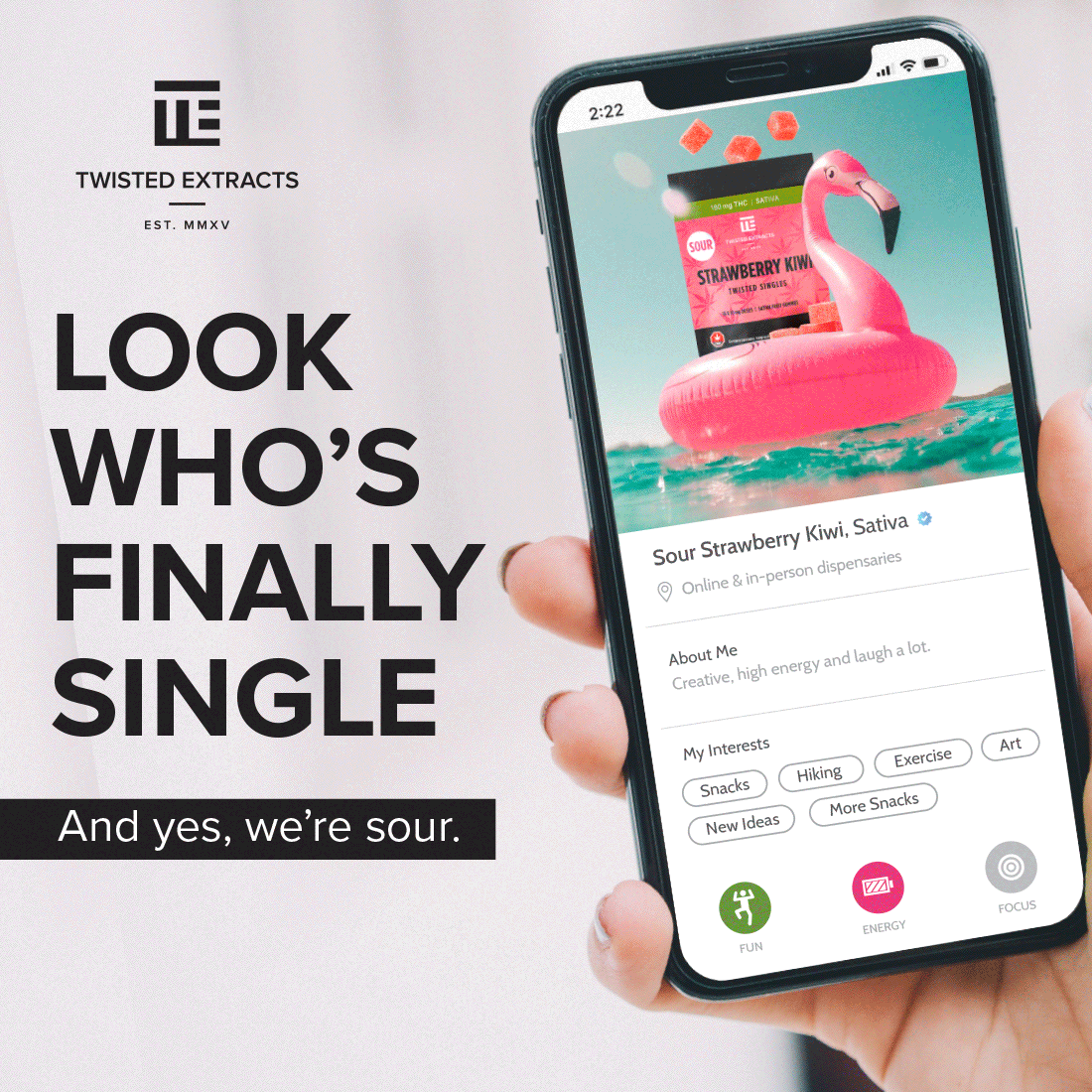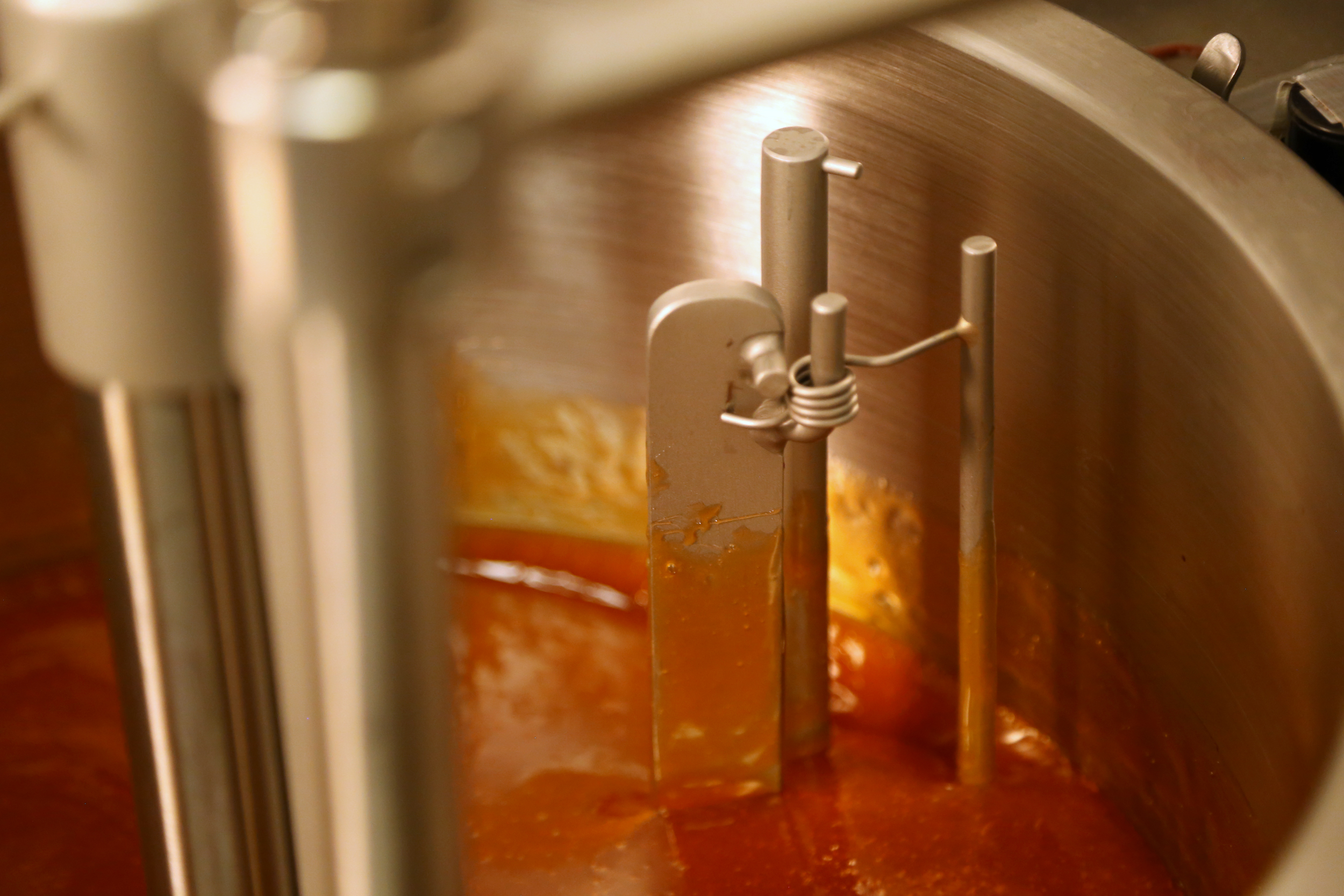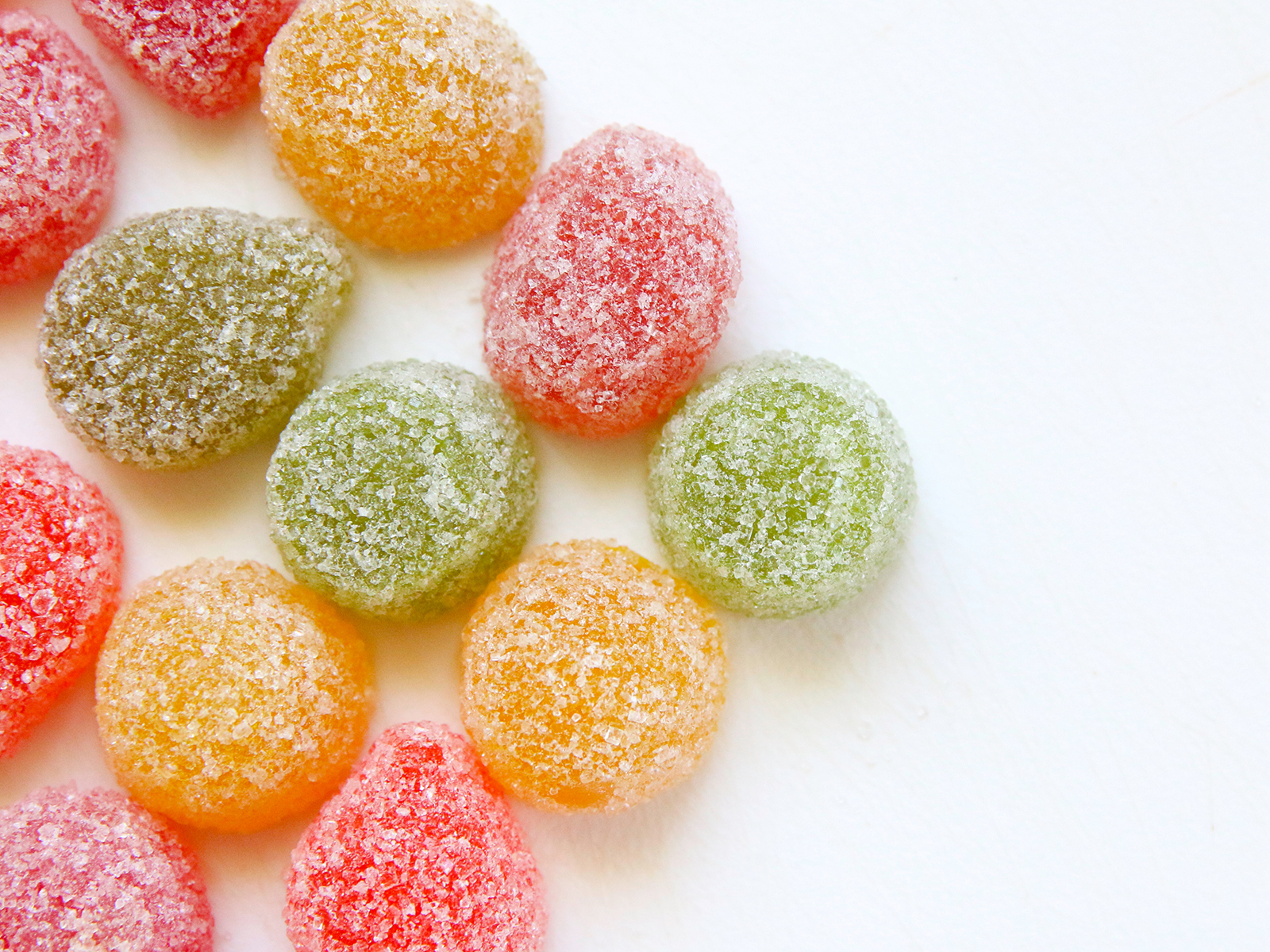
“Take two pills and call me in the morning.” The classic advertising line simultaneously poked fun at family doctors and sold millions on Aspirin. It also speaks to a fundamental of all medicine: dosage. Every prescription, every children’s Tylenol, every vitamin includes recommendations on how much to consume and how often.
We treat recreational drugs with similar measure. Whether it’s wine, beer or spirits most people know the “dose” of alcohol it would take to be legally intoxicated and how many more rounds until they’re drunk. But when it comes to cannabis it’s much harder to understand dosage, largely because there are so many factors at play. THC concentration, quantity, CBD to THC ratios, and delivery method all change the drug’s effect on the body. Individuality and the many factors that impact absorption rates of edibles makes things even more complex.
No wonder dose confuses people. But knowing and understanding it is vital to using cannabis in a safe and sustainable way.
Why dosing matters
Hospitals admit people consuming edibles in disproportionate numbers to smokers, largely because there are more factors at play when it comes to the “high.” The authors of one study of cannabis related emergency room visits in Colorado said most adverse effects were because response and absorption rates vary from person to person and with the compositions of the edible. In other words: dosing.
Concentration versus milligrams
So what exactly does 10 percent THC mean? What about 10 milligrams? And how do you translate those numbers into something meaningful and consistent? Health Canada helps in understanding these variables by requiring all cannabis products to list THC potency. The bad news, it’s labeled as a percentage for flower and concentrates, and in milligrams (mg) for edibles and capsules.
To understand the relationship between the two, let’s start with dried bud or flower with a middle-of-the-road THC concentration of 10 percent. Remember from school that percent is the sample amount divided from the total and multiplied by 100. The average joint contains about a gram, or 1,000 mg (1 gram is equal to 1,000 mg), of the green stuff. Ten percent of that is 100, so the joint contains 100 mg of THC.
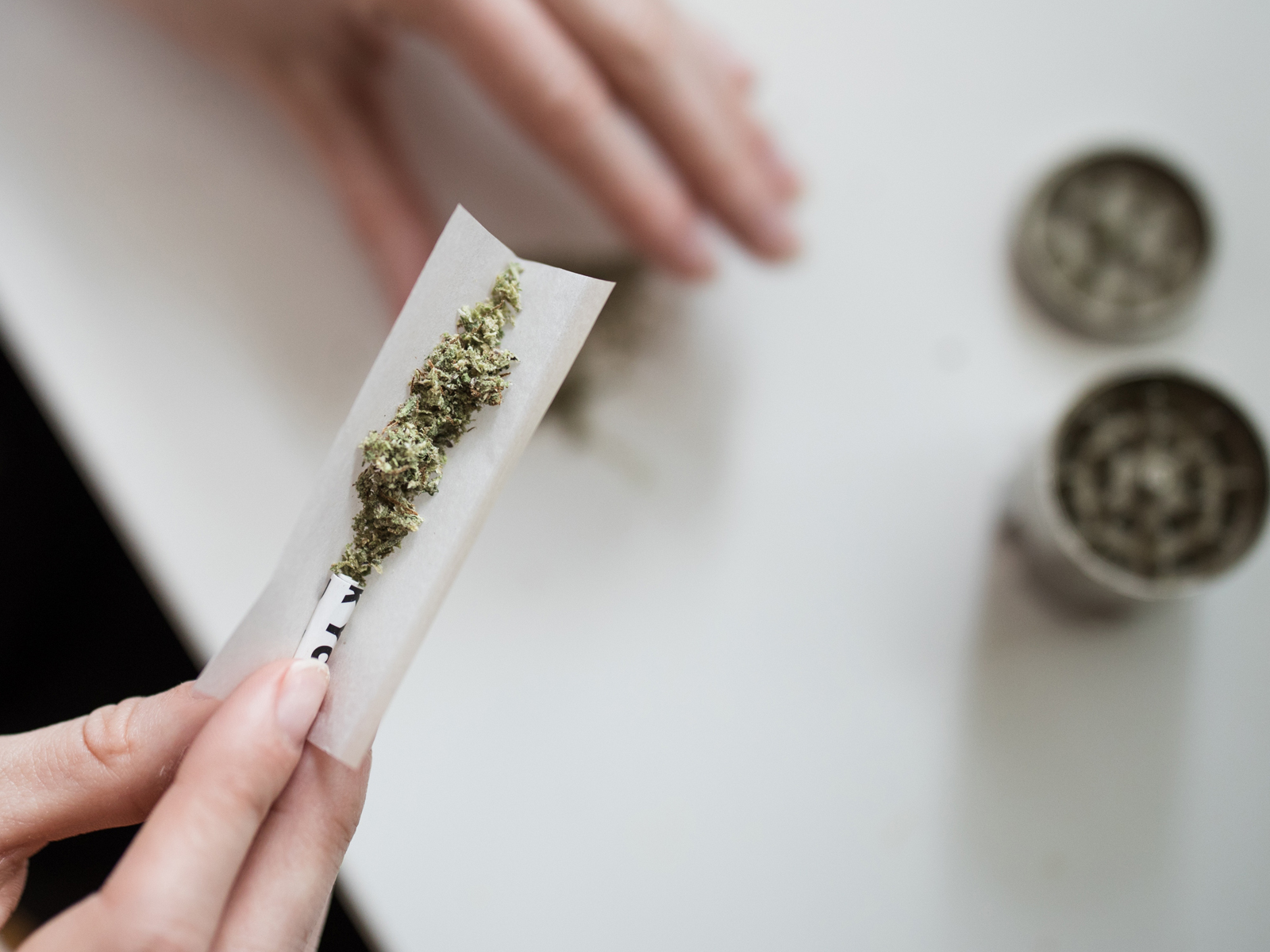
Smoke it, vape it, eat it
But, there’s a catch. With a joint, lots of THC goes up in smoke, not into the lungs, so if you smoke the whole thing you only inhale about a third of the THC, reducing the 100 mg of THC to 30 mg of THC. Note: We do not recommend smoking an entire joint. Always start with 1-2 puffs, put it out and wait 10 minutes before considering another dose.
With edibles, capsules and other types of concentrated cannabis products, it’s a little easier. The THC concentration in edibles and concentrates is always listed in milligrams (mg).
Finding the right dose for you is easier when you know how many milligrams are in the product you’re considering consuming. There’s no math or guesswork involved. A ‘standard dose’ of cannabis is generally agreed upon as being 10 mg of THC. However, the effects of cannabis can usually be felt in as little as 2.5 – 5 mg of THC so use this as a starting point if you’re new to cannabis. Health Canada regulations will require edibles to be packaged in no more than 10 mg doses come Oct 2019.
Pretty simple right? But THC isn’t the only thing to consider.
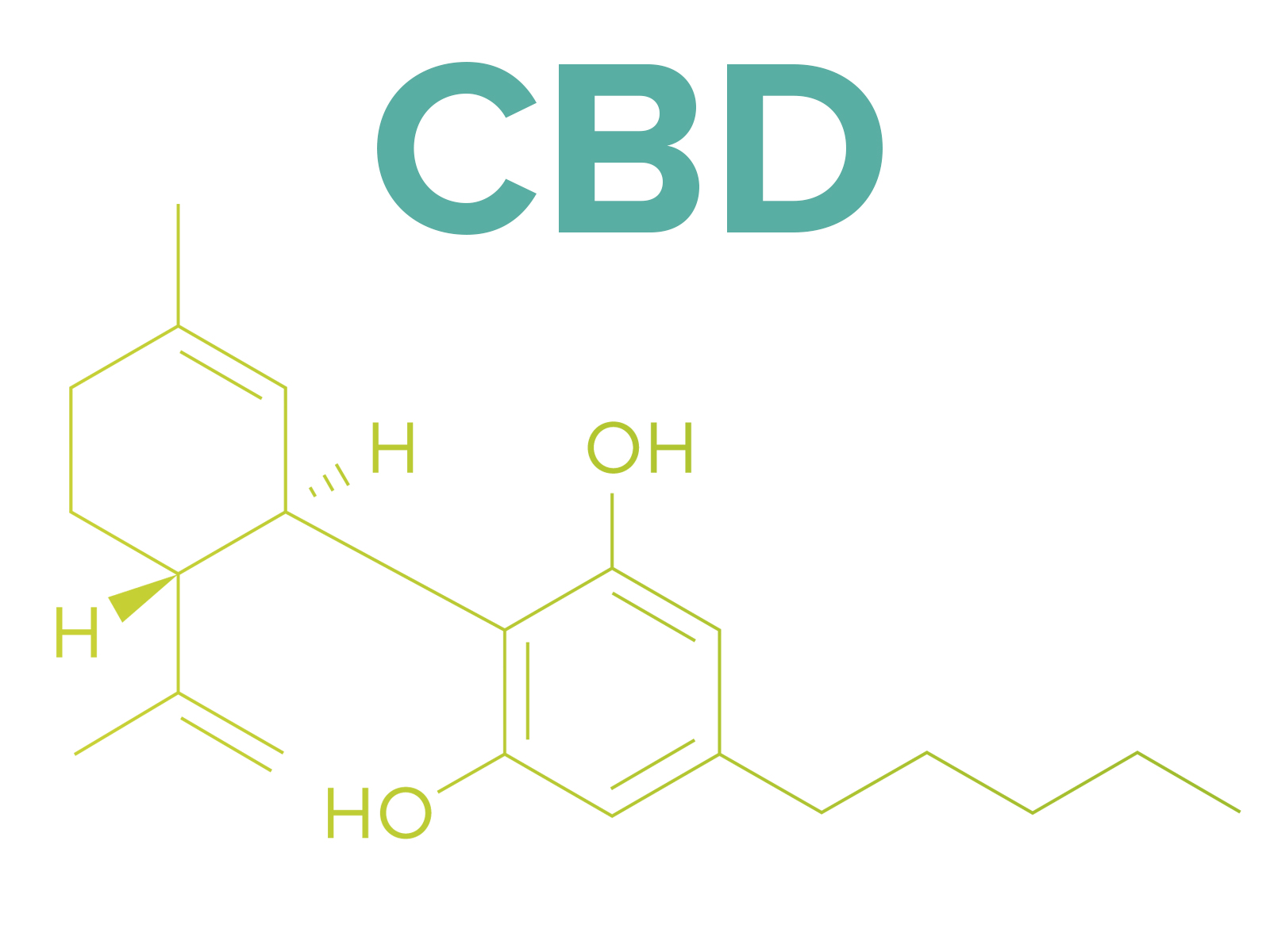
CBD factor
It’s also important to factor in the amount of CBD. CBD can enhance the therapeutic benefits of THC and simultaneously decrease the adverse effects, particularly impairment. Along with the amount of THC, cannabis products also label the CBD to THC ratio. This is sometimes listed as a comparison, 1:1, and sometimes as specific amounts, 40 mg:10 mg. As a rule of thumb, as the ratio of CBD to THC increases the likelihood of intoxicating effects decreases.
More complicating factors
One more thing to keep in mind is that each person’s response to an identical dose will vary. This is true for any medication or drug. With cannabis, everything from previous history of cannabis use to an individual’s unique digestion and endocannabinoid systems influences the effects. One dose might have no impact on one person and be too much for someone else. Things get even more complicated for edibles. Everything from how much food is in the stomach to what other ingredients are in the edible impact absorption.
Dosing recommendation
Filter through all those variables and the best strategy for figuring out the right dose is careful experimentation. Talk to a doctor or bud tender about what effect you are looking for. They can help recommend a cannabis strain or product with the right THC concentration and CBD:THC ratio. Start with small doses of five milligrams or less and wait two hours before taking an additional dose. Try different timing and vary the amount of food in your stomach to figure out what works best for you.
Did you like this article?
Sign up for our newsletter to make sure you're in the know about all of our new product releases, contests and more.


